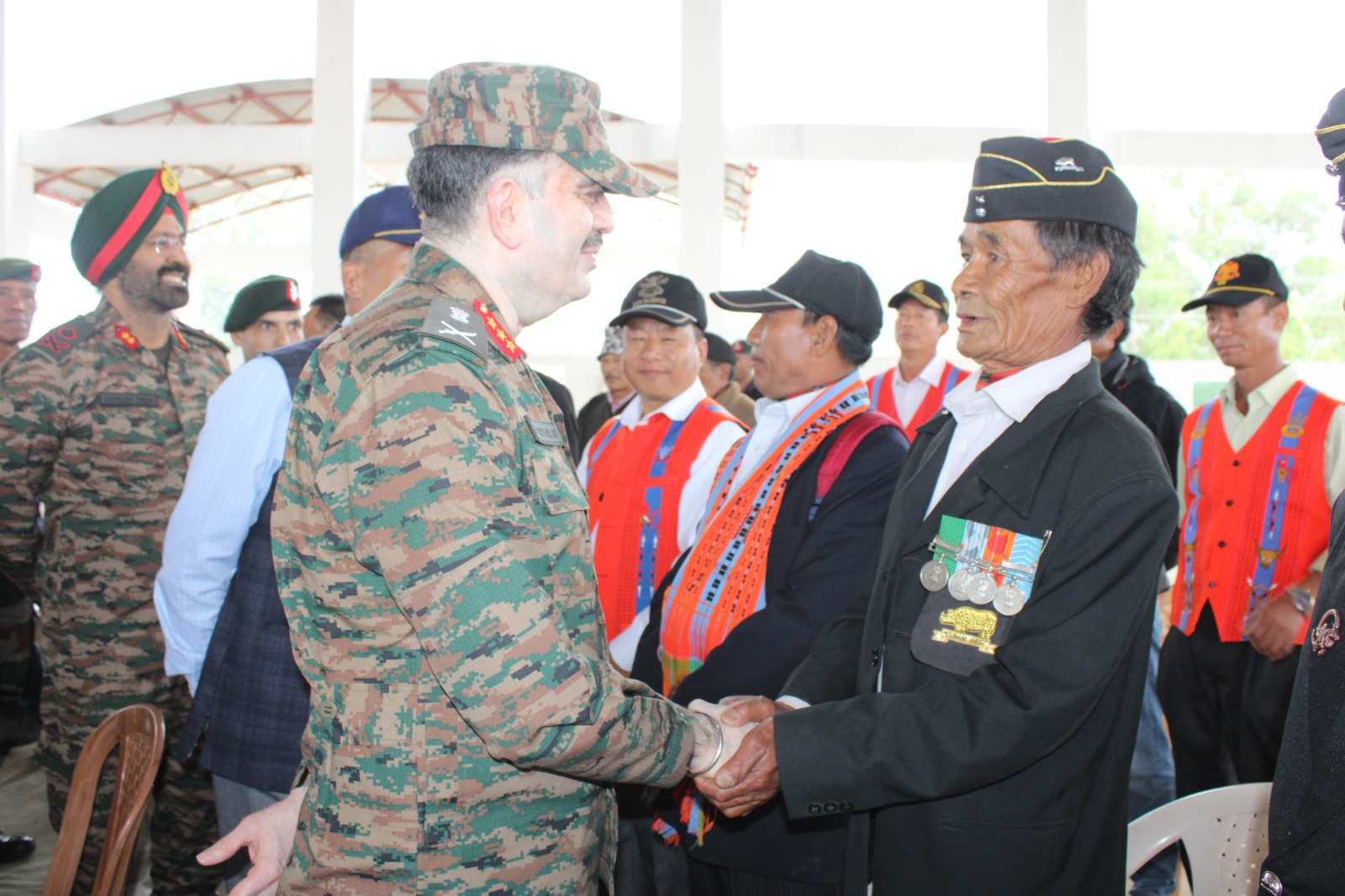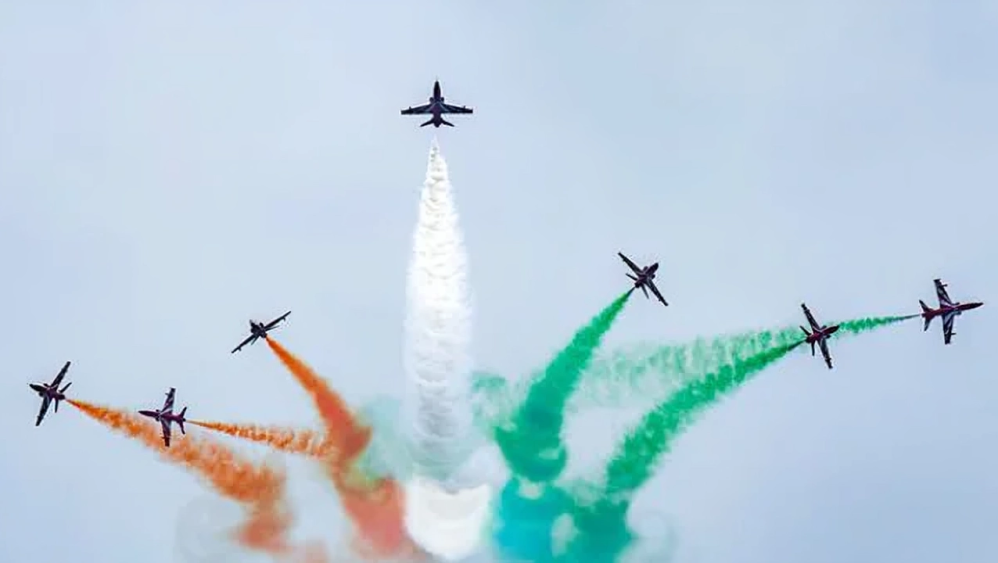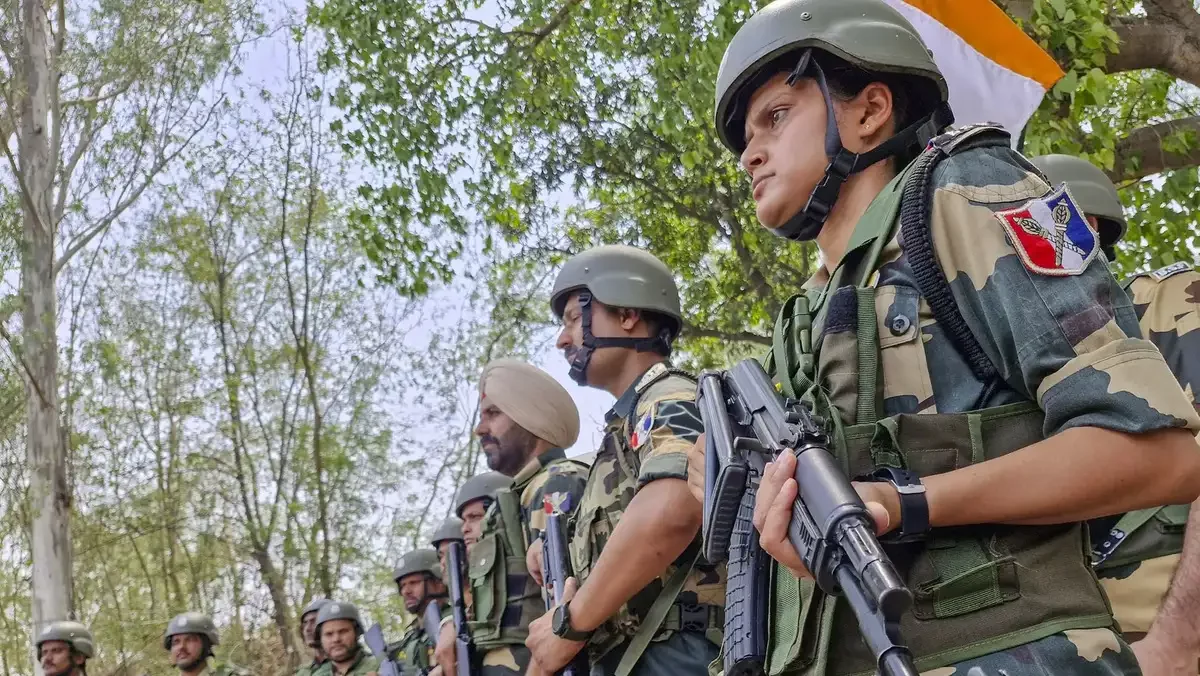Preity Zinta Donates ₹1 Crore to Army Wives Welfare Association After Operation Sindoor
Actor Preity Zinta has donated ₹1 crore to the Army Wives Welfare Association (AWWA) of the Indian Army’s South Western…
Trump Claims Russia Stole US Missile Tech Under Obama
US President Donald Trump, addressing graduating cadets at the United States Military Academy, alleged that Russia stole America’s hypersonic missile…
Lt Gen Abhijit S Pendharkar Reviews Assam Rifles’ Readiness and Honors Ex-Servicemen in Manipur
Lieutenant General Abhijit S Pendharkar, General Officer Commanding (GOC) of the Spear Corps, conducted an important visit to the Assam…
Indian Air Force Day Celebrations Return to Hindon Airbase After Operation Sindoor Success
The Indian Air Force (IAF) Day celebrations are set to return to the Hindon Airbase in the Delhi-NCR region this…
Two Army Brigades Deployed, Mobile Network Established to Enhance Security in Kathua
To bolster security and improve communication in the remote terror-affected areas of Billawar in Kathua district, Jammu and Kashmir, two…
Retired Army Colonel Arrested for Accepting ₹50,000 Bribe in Uttarakhand
In a significant anti-corruption crackdown, the vigilance department of Uttarakhand arrested a retired army Colonel who was serving as the…






